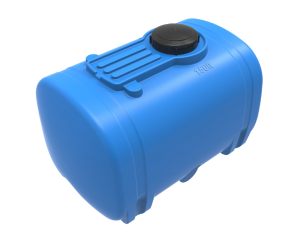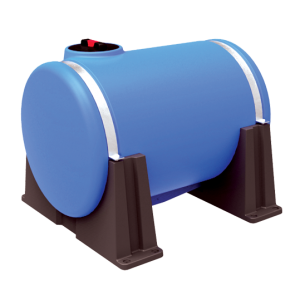The Importance of Proper Breather Installation for Rainwater and Cartage Tanks to Ensure Performance and Warranty Coverage
As more individuals and businesses embrace sustainable practices like rainwater harvesting and cartage tank usage, it’s essential to prioritise proper breather installation procedures. One critical but often overlooked aspect is the installation of breathers within these tanks that have lids.
Whether you’re using a rainwater tank equipped with lids or a cartage tank, ensuring the presence of a breather is vital not only for optimal performance but also to maintain warranty coverage. In this article, we will explore proper installation and maintenance practices that will help you protect your tank and its warranty.
What are Breathers?
Breathers serve a crucial role in regulating air pressure within water tanks, preventing vacuum buildup during water extraction at volume with a pump. This is particularly important in rainwater harvesting systems, where water extraction can occur at varying rates, leading to changes in air pressure within the tank. If not properly managed, this can cause issues such as tank collapse, pump damage, and even void your warranty.
In cartage tanks, breathers play a similar role in regulating air pressure, ensuring that the tank remains stable and secure during transportation. Neglecting breather installation can lead to serious consequences, including tank damage, product failure, and voiding your warranty.
Specific Requirements for Breather Installation
The specific requirements for breather installation vary depending on the purpose of the tank, the type of pumping system used, and the extraction method employed. For example:
- Rainwater harvesting systems: Breathers may need to be installed in conjunction with a first flush device to ensure that only clean water is extracted from the tank.
- Cartage tanks: Breathers may need to be installed in a specific location to prevent vacuum buildup during transportation.
- Pumping systems: The type of pumping system used can affect the size and quantity of breathers required.
The Risks of Improper Installation
Neglecting proper breather installation practices can have serious consequences, including:
- Vacuum buildup: This can cause water to be drawn out of the tank too quickly, leading to pump damage and reduced system performance.
- Airlock formation: This can prevent water from flowing into the tank, causing issues with water extraction and management.
- Tank damage: Improper breather installation can lead to structural damage to the tank, compromising its integrity and potentially voiding your warranty.
This serves as a reminder of the critical role breather installation plays in safeguarding warranty entitlements and preserving the structural integrity of your tanks, whether for rainwater harvesting or cartage purposes. Neglecting this could not only void your warranty but also compromise the efficiency and longevity of your water management system.

Sourcing the Right Breathers for Your Tank
While some tanks may come with integrated breathers, additional ones might be necessary depending on the water extraction method employed. It is your responsibility as a tank owner to verify the adequacy of breather installation to uphold warranty integrity and ensure long-term performance.
At Global Tanks, we recognise the importance of proper breather installation for both rainwater and cartage tanks. While we can facilitate breather supply, it’s important to note that we do not provide guidance on size or quantity. This is due to the variability in pumping systems and extraction methods utilised by different users. However, we are committed to assisting you in sourcing the necessary breathers to meet your tank’s specific requirements.
Protect Your Warranty by Following the Correct Breather Installation Procedures
In conclusion, whether you’re utilising rainwater tanks or cartage tanks, attention to detail matters. By ensuring proper breather installation, you’re not just protecting your investment but also contributing to the sustainability of your water management practices.
If you’re unsure about the proper breather installation for your tank or require guidance on sourcing the right product, we’re here to help. Our team of experts is dedicated to providing you with the support and resources you need to maintain your tanks for years to come. Reach out to us today to learn more about how we can assist you.






